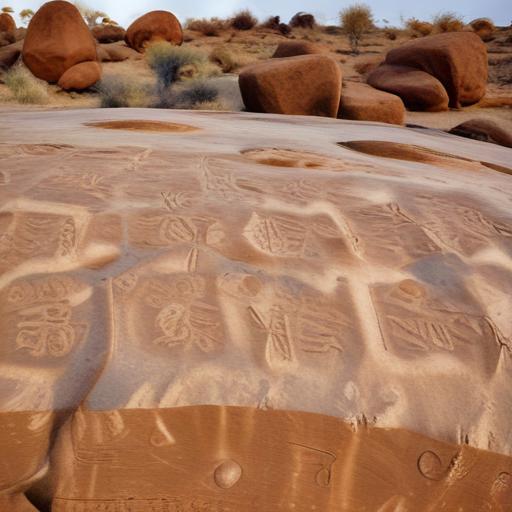On Thursday, Murray Watt, the newly appointed environment minister, granted an extension for the North West Shelf liquefied natural gas project in Karratha, Western Australia, allowing the gas plant to operate until 2070. This decision has raised serious concerns regarding the environmental impact, particularly on the nearby Murujuga rock art site.
The International Council on Monuments and Sites has recommended deferring UNESCO’s evaluation for a world heritage listing of Murujuga due to the anticipated pollution from the project. The site is home to over one million petroglyphs, some of which date back 50,000 years, and is of immense cultural and spiritual significance to Aboriginal Australians.
It has been reported that the Western Australian government’s Murujuga Rock Art Monitoring Program Year 2 examined the harmful effects of industrial emissions on the rock art. However, an independent study exploring the impacts of such emissions on the site since 2018 found that industrial pollution is significantly degrading the rock formations, increasing porosity, and threatening to erase this vital cultural heritage.
Research conducted by Jolam Neumann at the University of Bonn indicated a notable degradation of historical rock surfaces, with a loss of critical minerals necessary for the formation and integrity of the rock varnish, which protects the petroglyphs. While the government attributed the damage to a now-defunct power plant from the 1970s, data reveals that current industrial emissions are significantly higher and are likely causing damage at a much faster rate.
Elevated levels of nitrogen dioxide (NO₂) and sulfur dioxide (SO₂) emitted from present industries dwarf those produced by the older plant, underscoring the urgency for action. The continued degradation of the rock art could result in the loss of a legacy that spans thousands of years.
Possible solutions include implementing technologies for reducing NO₂ emissions, such as selective catalytic reduction processes, or transitioning to electric power instead of gas. Incorporating these measures as conditions for the North West Shelf extension could help safeguard the integrity of Murujuga’s rock art and preserve this invaluable cultural treasure for future generations.
This situation calls for urgent attention and action to protect important cultural heritage from the ongoing threats posed by industrial developments. By addressing pollution and its effects, there is hope that future generations may continue to appreciate and learn from this ancient site.
